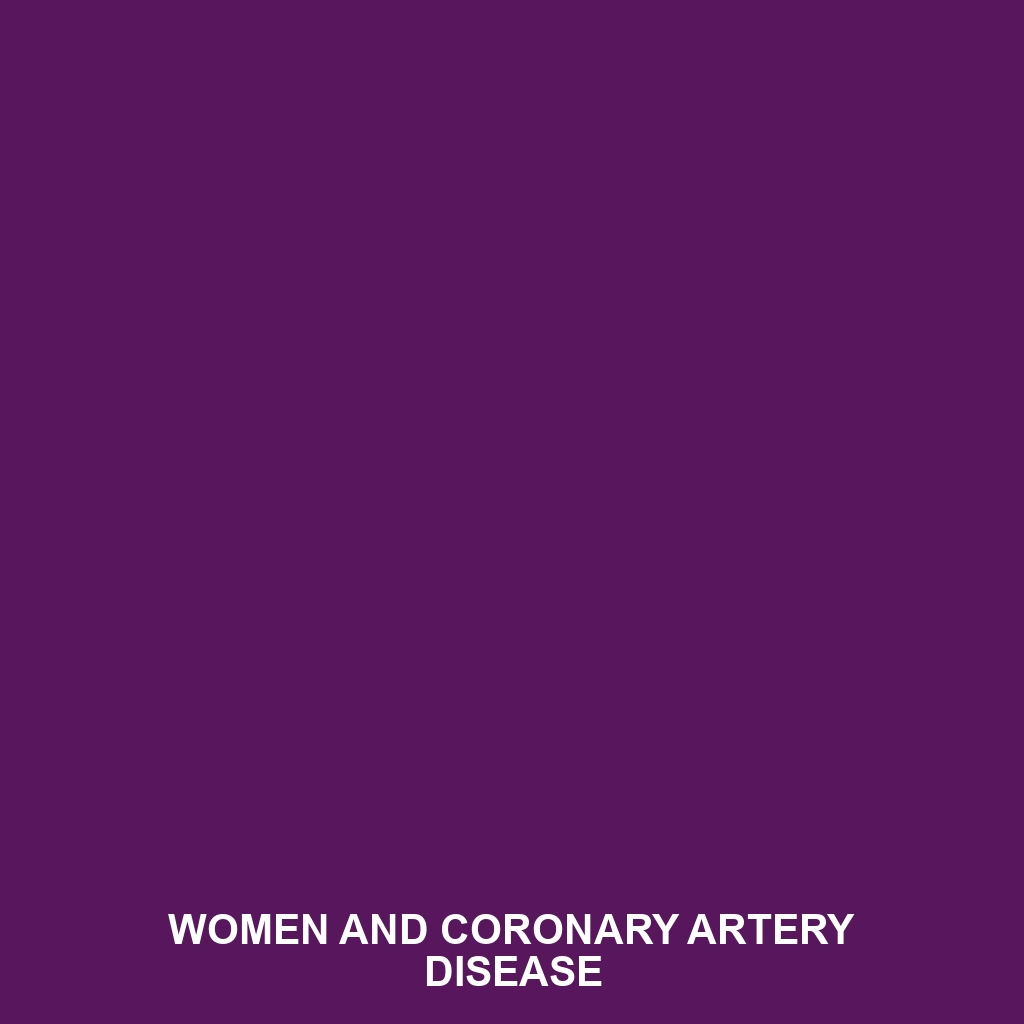Tag: prevalence statistics

Wolff Parkinson White Syndrome
Discover the intricacies of Wolff Parkinson White Syndrome, a common congenital heart condition marked by an extra electrical pathway that can lead to rapid heart rates and alarming symptoms like palpitations and fainting. Learn about its causes, associated risks, and effective treatment options, ensuring you’re equipped with the knowledge to manage this condition effectively. Whether…
Spherocytic Anemia
Spherocytic Anemia: Definition and Description of Spherocytic Anemia: Spherocytic Anemia, also known as hereditary spherocytosis, is a type of hemolytic anemia characterized by the presence of spherocytes in the bloodstream. These spherocytes are abnormally shaped red blood cells that are more spherical than the typical disc shape. This shape causes them to be less flexible…
Spielmeyer-Vogt Disease
Spielmeyer-Vogt Disease: Definition and Description of Spielmeyer-Vogt Disease: Spielmeyer-Vogt Disease, also known as neuronal ceroid lipofuscinosis type 1 (NCL1), is a rare inherited neurodegenerative disorder. It primarily affects children and is characterized by the progressive loss of vision, intellectual decline, and other neurological symptoms. The disease falls under the family of lysosomal storage diseases, where…
RTS — Rett Syndrome
RTS — Rett Syndrome: Definition and Description of RTS — Rett Syndrome: Rett Syndrome (RTS) is a rare neurodevelopmental disorder primarily affecting females. It is characterized by a period of normal development followed by a loss of purposeful hand skills, impaired speech, and developmental regression. The condition is linked to mutations in the MECP2 gene…
Rheumatoid Arthritis
Rheumatoid Arthritis: Definition and Description of Rheumatoid Arthritis: Rheumatoid Arthritis (RA) is a chronic inflammatory disorder that primarily affects joints but may also have systemic consequences. It is classified as an autoimmune disease, where the body’s immune system mistakenly attacks its own tissues, leading to inflammation and damage, most commonly in the synovial membranes surrounding…
Obstructive Sleep Apnea
Obstructive Sleep Apnea: Definition and Description of Obstructive Sleep Apnea: Obstructive Sleep Apnea (OSA) is a serious sleep disorder that occurs when the throat muscles intermittently relax and block the airway during sleep. This leads to pauses in breathing, which can last for a few seconds to minutes, occurring many times throughout the night. It…
Nail Patella Syndrome
Nail Patella Syndrome: Definition and Description of Nail Patella Syndrome: Nail Patella Syndrome (NPS) is a rare genetic disorder characterized by abnormalities in the nails, bones, and kidneys. This condition is typically inherited in an autosomal dominant manner, which means only one copy of the mutated gene from an affected parent can cause the disorder…
Lipodystrophy
Lipodystrophy Definition and Description of Lipodystrophy Lipodystrophy is a rare group of disorders characterized by abnormal or degenerative conditions of the body fat. It involves either the total or partial loss of adipose (fat) tissue and can have significant metabolic repercussions. Medical definitions of lipodystrophy categorize it based on its etiology, which can be genetic,…
Idiopathic Amyloidosis
Idiopathic Amyloidosis Definition and Description of Idiopathic Amyloidosis Idiopathic Amyloidosis is a rare disorder characterized by the abnormal accumulation of amyloid proteins in various tissues and organs. This buildup can disrupt normal function and lead to serious health problems. The term “idiopathic” indicates that the exact cause of the condition is unknown, distinguishing it from…
Hemorrhagic Telangiectasia, Hereditary (HHT)
Hemorrhagic Telangiectasia, Hereditary (HHT) Definition and Description of Hemorrhagic Telangiectasia, Hereditary (HHT) Hemorrhagic Telangiectasia, Hereditary (HHT), also known as Osler-Weber-Rendu syndrome, is a genetic disorder characterized by the development of abnormal blood vessels. These blood vessels tend to be fragile and can lead to frequent nosebleeds, as well as other bleeding complications in various organs,…